Obscure Kyushu : Kurokawa to Ureshino
| Travel Reports by mfedley | view profile of mfedley |
| previous post |
| next post |
| Note: The opinions and views expressed in this user report are those of the individual author and do not necessarily reflect the opinions and views of japan-guide.com. |
January 9, 2019 - Obscure Kyushu : Kurokawa to Ureshino
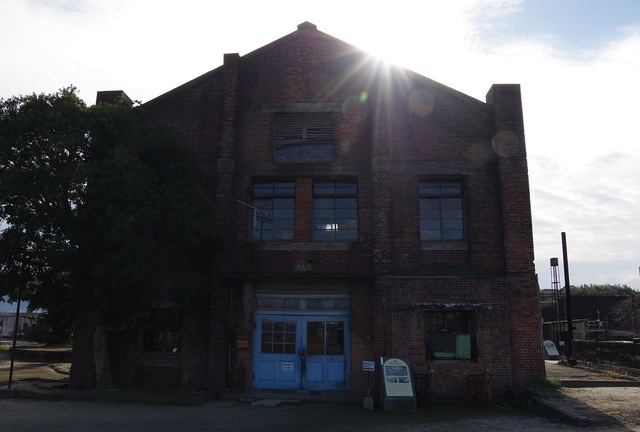
For my 11th day in Japan, I travelled from Kurokawa in Kumamoto Prefecture to Ureshino in Saga Prefecture which is quite a drive. As I have already travelled through this location on my way south I decided to visit some of the sites I missed on the way down close to Yamaga and Omuta. Let's just say that some of the sites are historic or photogenic.
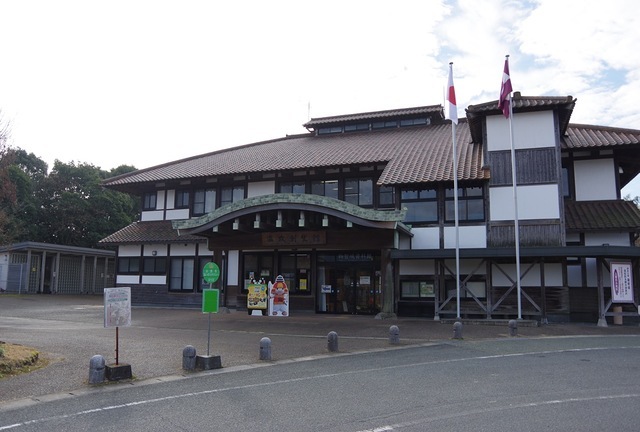
My first stop for the day was Kikuchi Castle which is an old fort which dates back to the 7th century during the Yamato period. The Japanese had invaded China and Korea at the time and lost in Korea. Due to this - they were worried about an invasion so built forts in the wester section of Japan.
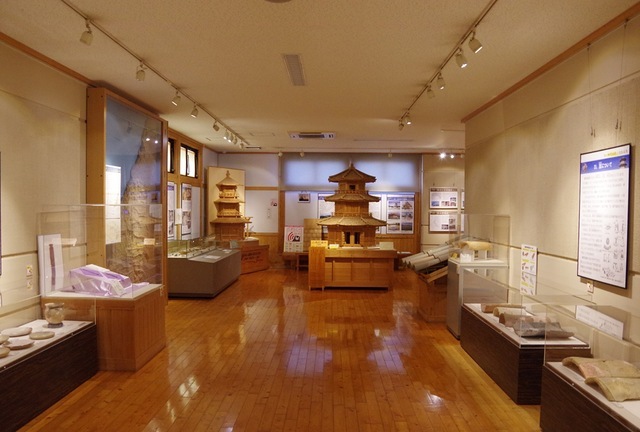
The castle includes a small museum which includes a 15 minute english video which was interesting but had the most annoying kid's voice I have heard to a long time. It explained the history of the place. It's free to enter and it's worth coming to the site even if it's closed due to the outside attractions.
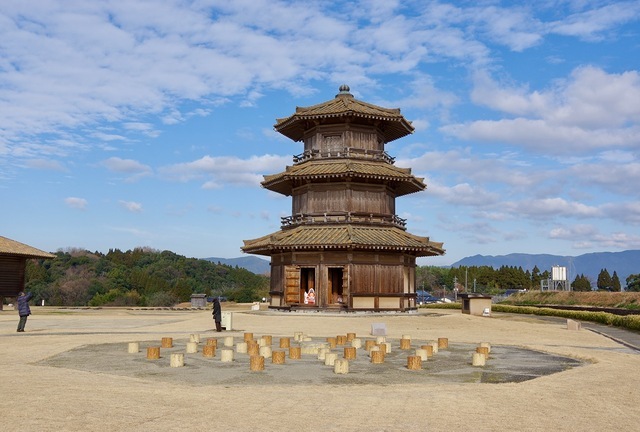

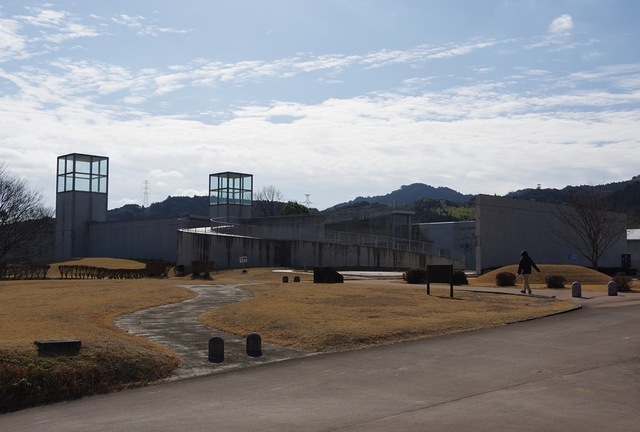
My second stop for the day was the Kumamoto Decorated Tumulus Museum which costs 410 yen and is located close to Yamaga. The local area is home to a couple of hundred decorated tombs from a few thousand years ago which are very similar to those found near Sakai in Osaka prefecture.
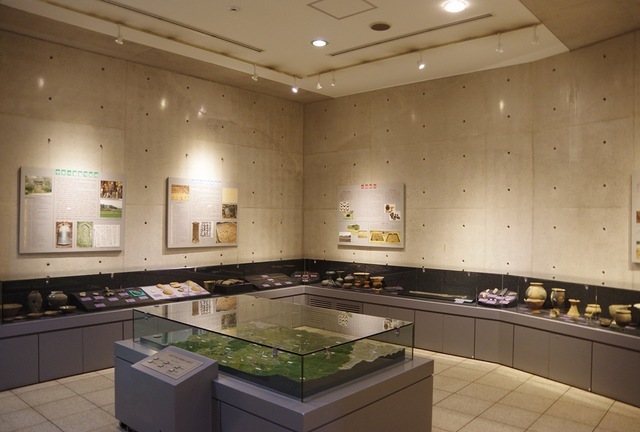
The museum has detailed english explanations along with an english audio guide which goes into a bit too much detail - depending on how you feel at the time. All I'll say is that this is a rather unique museum for Japan.

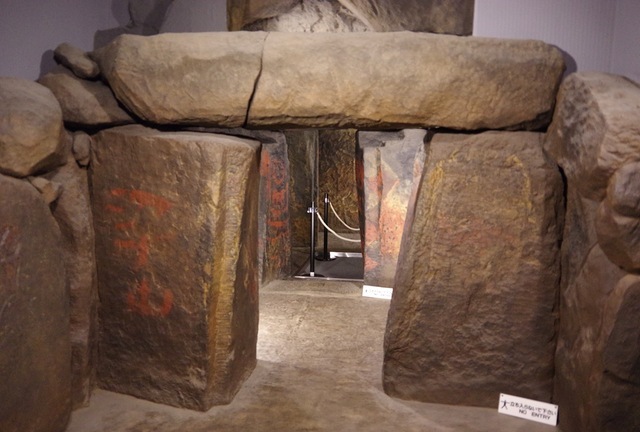
There are also quite a few reproduction tombs which you can see to give you an example of what they looked like.
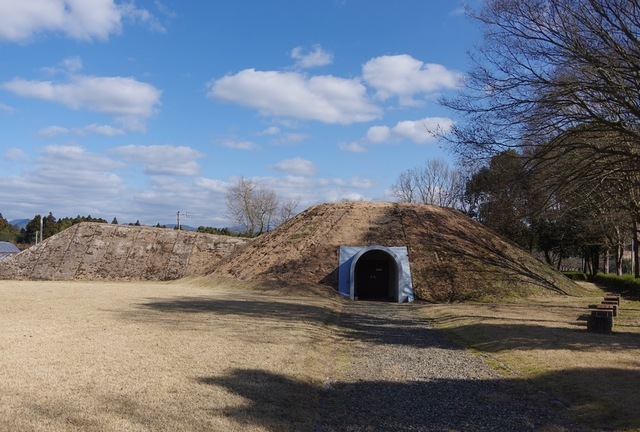
After speaking to one of the local guides at the museum who used to live in Hong Kong, she asked if I wanted to see one of the original tombs. I thought that she meant the outside - but she actually meant the inside. It seems as though there has been a tomb which has been moved due to roadworks (Yokohama Tomb - 6th century) which can be entered with permission.
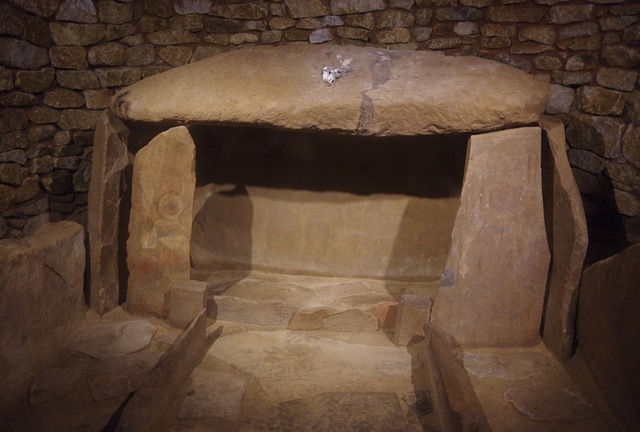
This is the original painting which can still be slightly seen. A close up of the left hand side can be seen below. Note that there are also a few different tombs to see around and craft stores are located very close to the museum.
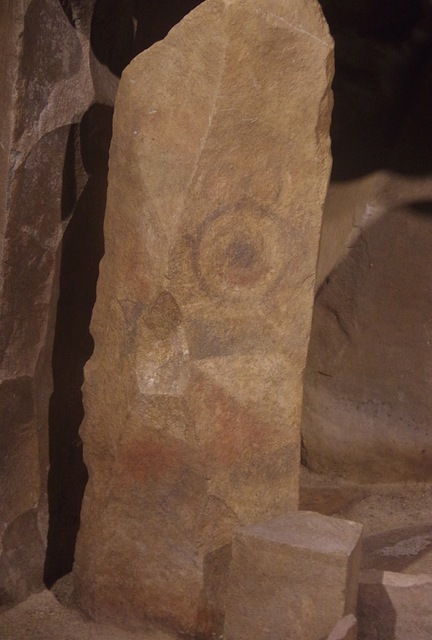
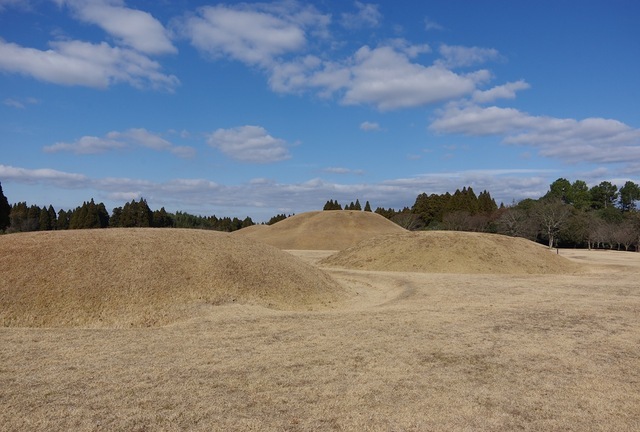
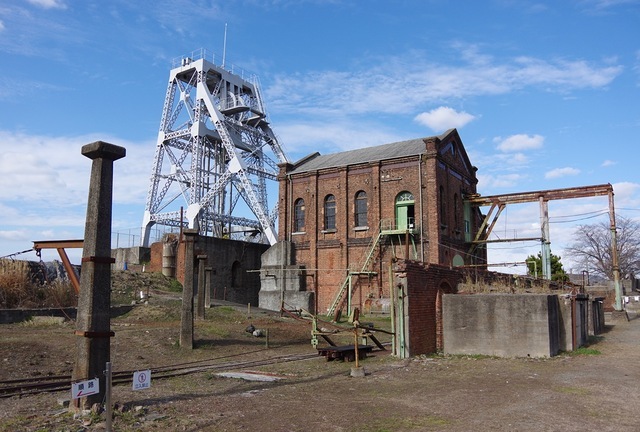
After a 45 minute drive, I made my way back to Omuta to see some of the sites I wanted to see the time I was here previously. The Manda mine costs 410 yen to enter and includes a 1 hour tour of open days if you come on the hour (in Japanese). Note that if you have a cell phone they also have detailed explanations in multiple languages which are definitely worth looking at.

The guided tour was not really my cup of tea - but I managed to break away from the other one person on the tour about 40 minutes into the tour as I thought they had finished. You get really close up to the pit where coal used to be taken out of the ground.
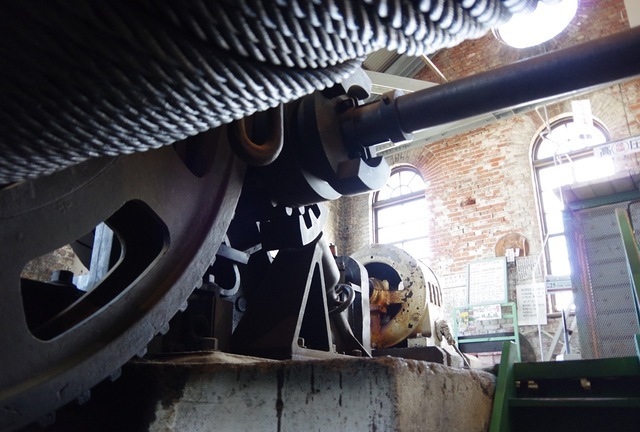
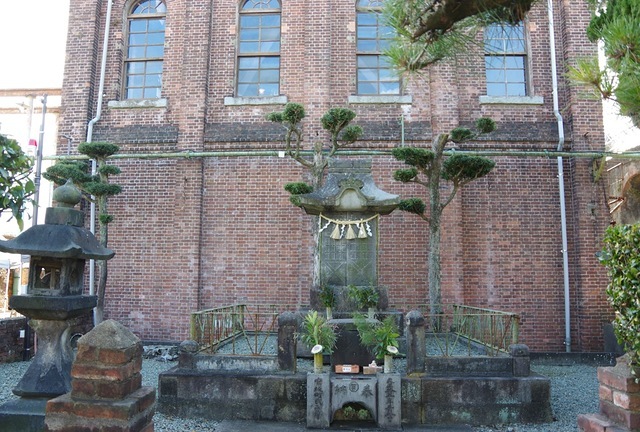
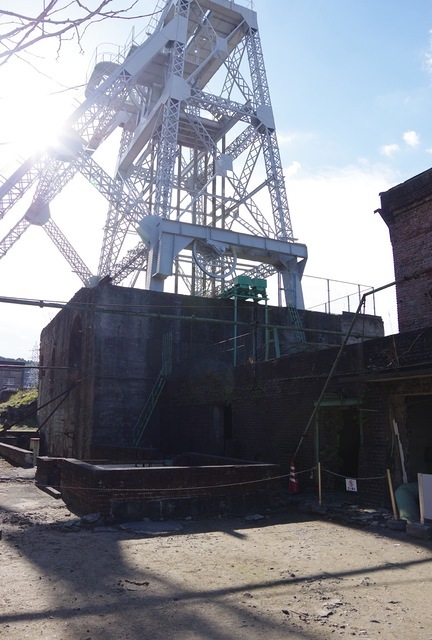

The Manda Mine is UNESCO listed for it's part in helping modernize Japan during the Meiji Era. In the mines early history, most of the coal was exported but it gradually came more important as the country continued to industrialize. It was most productive during 1944/45 during the Pacific War.
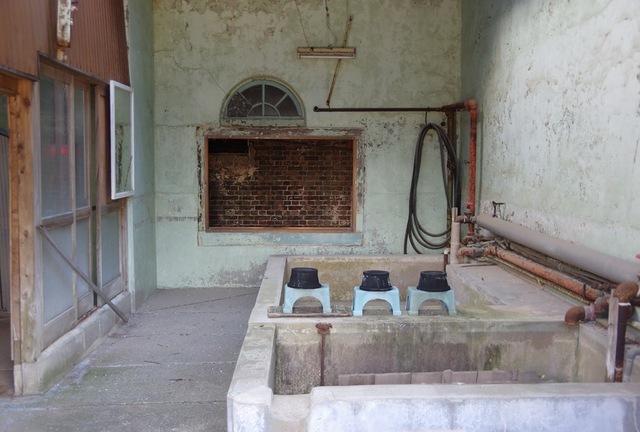
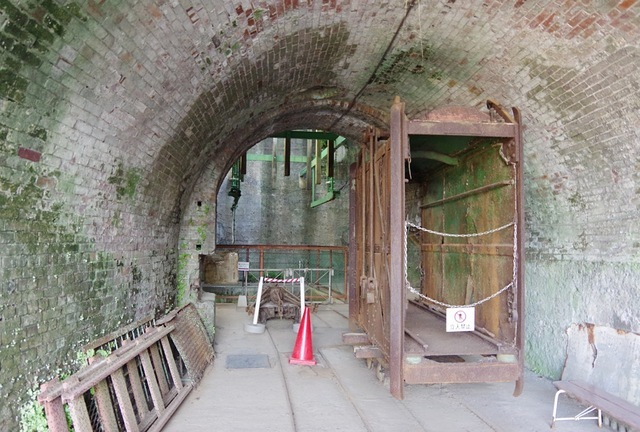
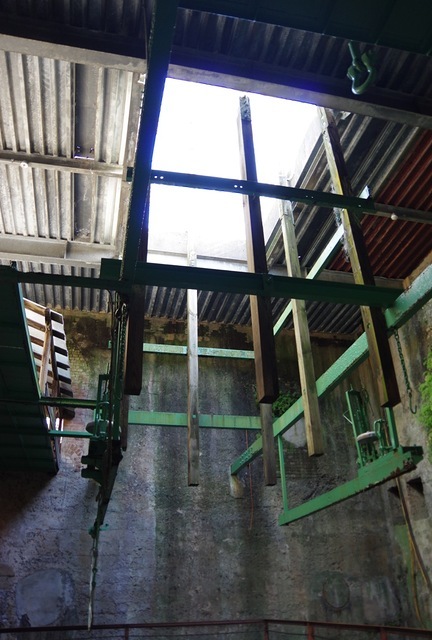
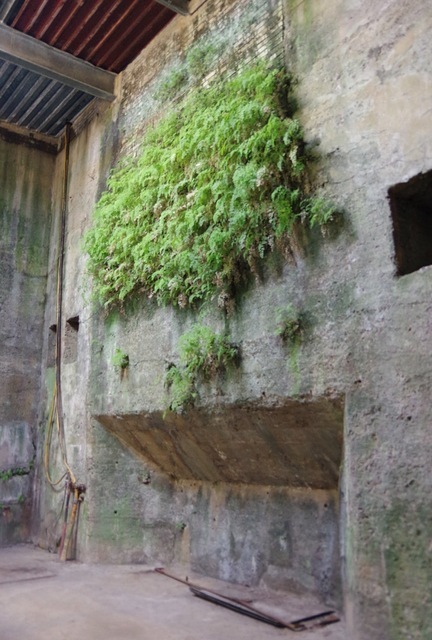


One of the things which surprised me was the total size of the mine - which is quite large. You can also see the other pit from this mine which was covered in my Yamaga post. Note there are also English explanations in many sites within the grounds.
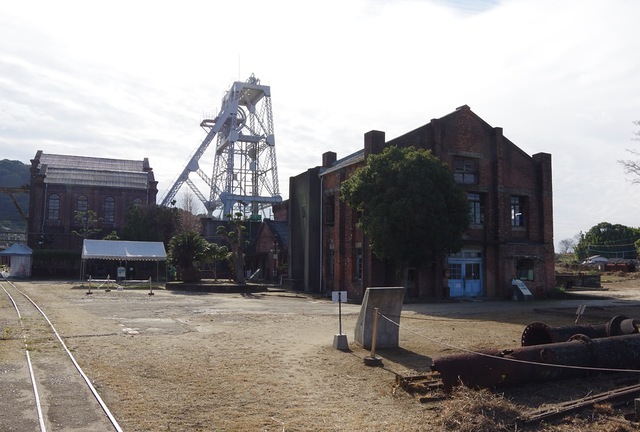
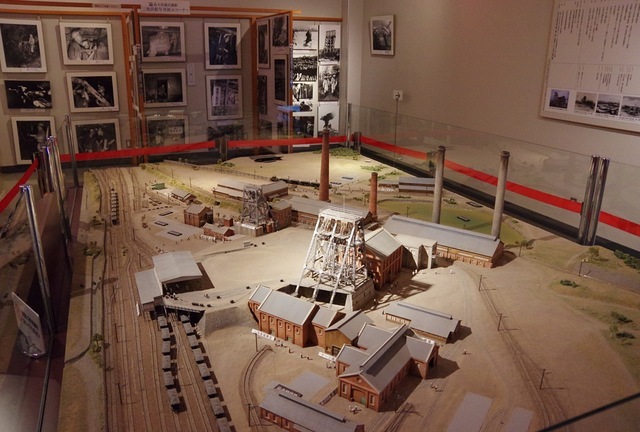
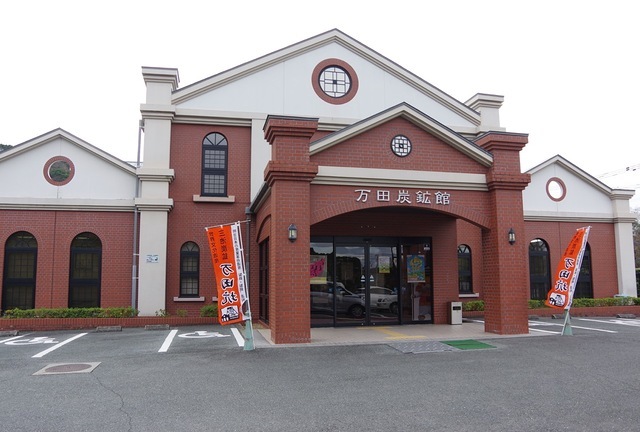
Opposite the mine and visitors centre is a small museum which has no English information which can easily be skipped.
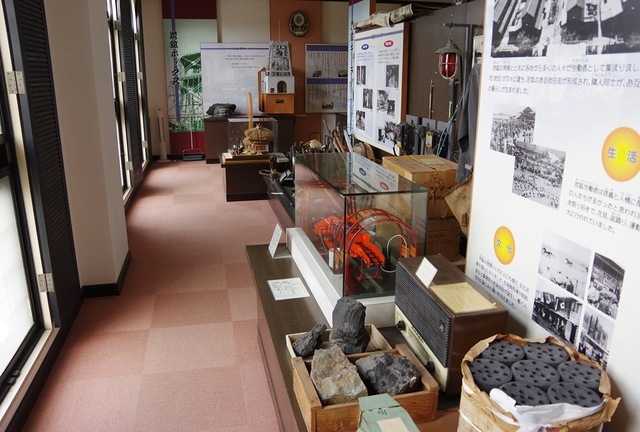
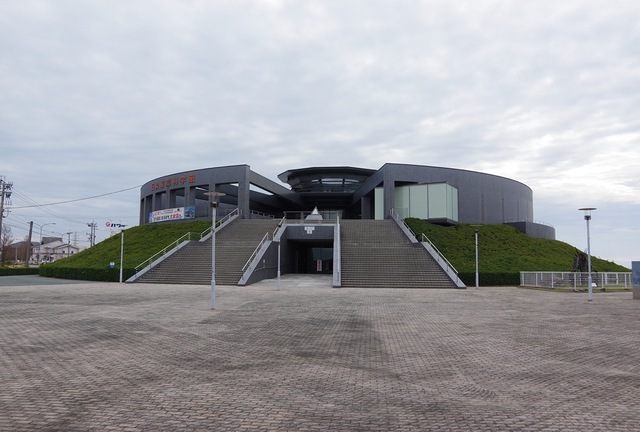
I also wanted to visit the Coal & Science Museum but it's unfortunately closed until March 20 2019. It's quite a big site though.
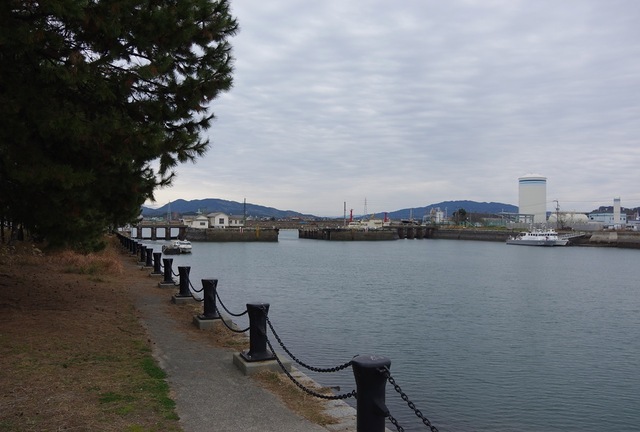
The last site I visited which was UNESCO listed was Miike Port which includes two sites. One part is this site - the other is the photo from below.
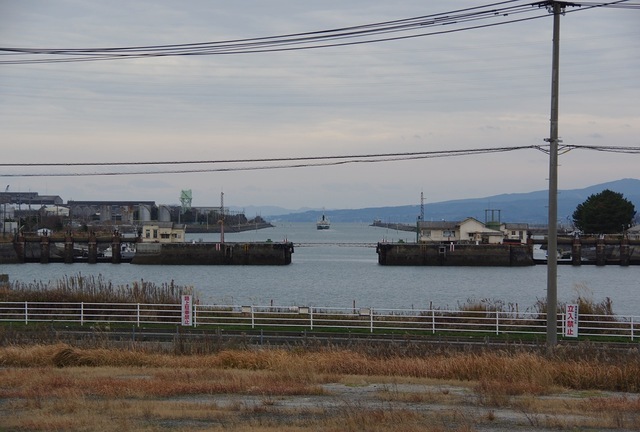
The second site at the port has a guide explaining what happened here and he had pictures which explained everything. He was extremely helpful and informative, but he had a vice like grip on anyone within a 20 meter radius of him. When I was trying to leave, he was trying to get me to go to the other sites which I had already visited but thankfully another person came to save me.
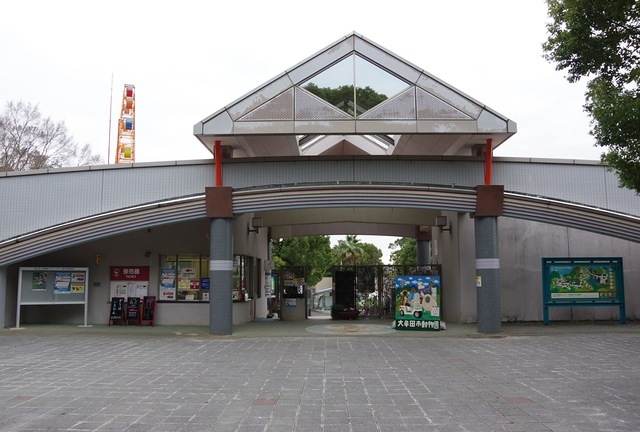
My last stop for the day was Omuta Zoo which is located a couple of kilometers from the port. It costs 370 yen to enter and can be considered one of the better zoo's I have visited in Japan.

The highlight of the zoo is the three areas which you can enter and see specific animals close up. These included spider monkeys, kangaroos and peacocks. In particular the spider monkeys are very photogenic.
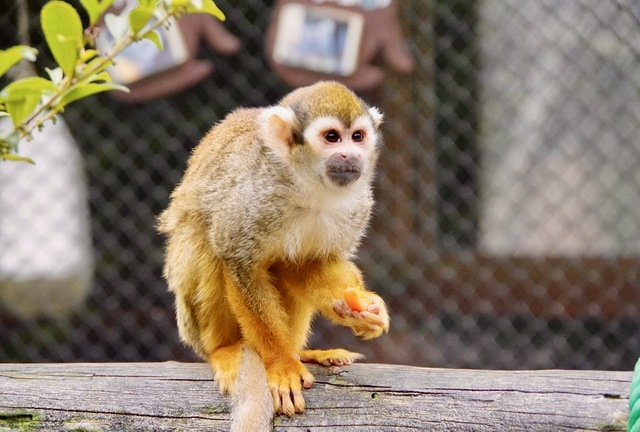
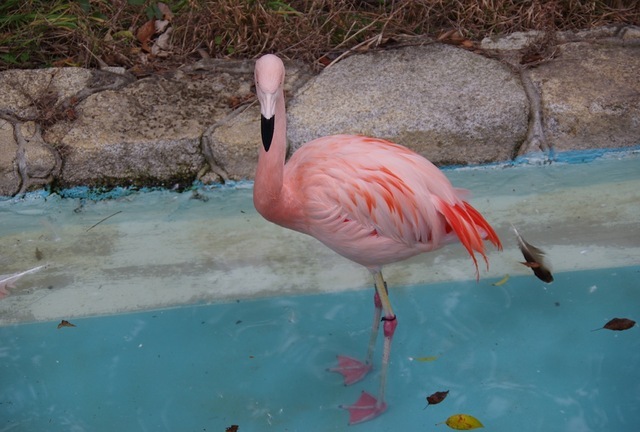
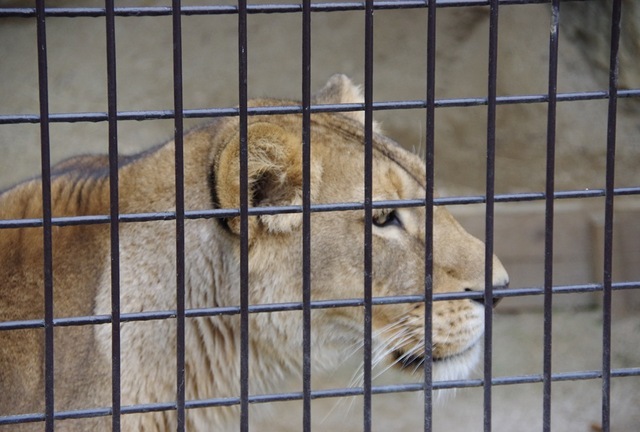
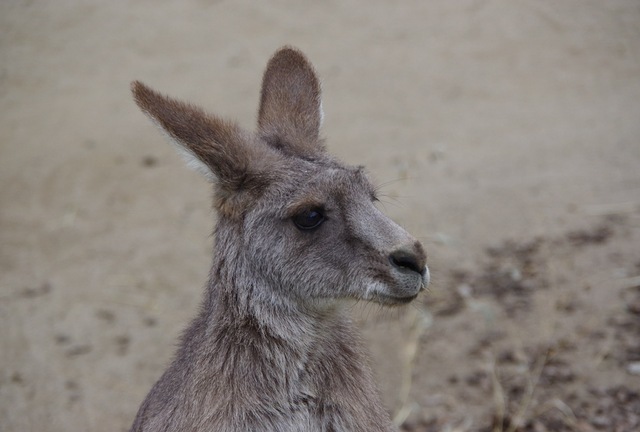
Overall I really enjoyed what I saw today and it shows that Japan has a lot more history that dates before China brought over it's writing system to be used by the Japanese. For tomorrow, I'll be visiting Takeo in the morning to see what is there.
Further Information:
Kikuchi Castle (Japanese): http://www.kofunkan.pref.kumamoto.jp/kikuchijo/
Kumamoto Tumulus Museum (English): http://www.kofunkan.pref.kumamoto.jp/leaflet/leaflet_en.pdf
Manda Mine (English): http://arao-kankou.jp/english/manda_coalmine/
Coal Museum (Japanese English): http://www.sekitan-omuta.jp/topic/index.html
Omuta Zoo (Japanese): http://omutacityzoo.org
| previous post |
| next post |
